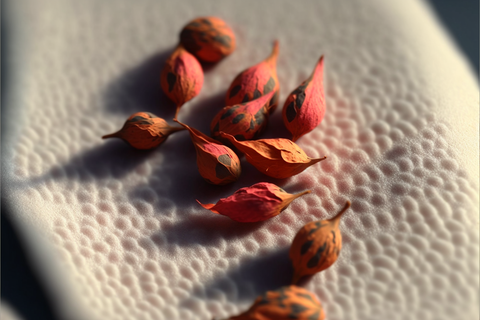
Japanese Momiji Maple Trees: The Perfect Addition to Your Garden
Japanese maple trees are a beautiful and popular addition to gardens across the globe. These stunning trees are perfect for creating a focal point in your garden, and their vibrant leaves will add a splash of color in the autumn months. Japanese maple trees are also relatively low-maintenance, meaning they won't take up too much of your time and effort.
The Benefits of Japanese Maple Trees
There are many benefits to planting a Japanese maple tree in your garden. Firstly, they are relatively easy to care for and require little maintenance. Secondly, they are perfect for creating a focal point in your garden, as their vibrant leaves will add a splash of color. Finally, they are also a great source of shade, and their leaves will provide shelter from the sun in the summer months.

Japanese maple trees are also a great choice for those who are looking for a low-maintenance tree. They are relatively drought-tolerant and can thrive in a variety of soil types. Additionally, they are not susceptible to many of the pests and diseases that can affect other types of trees.
The Best Time to Plant a Japanese Maple Tree
The best time to plant a Japanese maple tree is in the spring, after the last frost has passed. This will give the tree plenty of time to get established before the hot summer months. It is also important to ensure that the tree is planted in a well-drained soil, as Japanese maple trees do not like wet feet.

When planting your Japanese maple tree, be sure to dig a hole that is twice as wide as the tree's root ball. This will give the roots plenty of room to spread out and establish themselves. Once the tree is in the hole, backfill with soil and water well.
How to Care for Your Japanese Maple Tree
Caring for a Japanese maple tree is relatively straightforward. These trees prefer full sun or partial shade, and should be watered regularly during the growing season. In the autumn, it is important to protect the tree from frost damage by covering it with a frost cloth or burlap sack. Finally, Japanese maple trees should be fertilized in the spring with a slow-release fertilizer.
To ensure your Japanese maple tree stays healthy, it is important to prune it regularly. Pruning helps to encourage new growth and also helps to keep the tree's shape. You should prune your Japanese maple tree in late winter or early spring, before new growth begins.

Japanese maple trees are susceptible to a number of diseases and pests. Common diseases include verticillium wilt, tar spot, and anthracnose. Common pests include aphids, scale, and Japanese beetles. If you notice any of these problems on your tree, it is important to contact a certified arborist or tree care specialist for treatment.
The Different Types of Japanese Maple Trees
There are many different types of Japanese maple trees available, each with its own unique leaf shape and color. Some of the most popular types include the 'Bloodgood' Japanese maple, which has dark red leaves, and the 'Crimson Queen' Japanese maple, which has crimson-red leaves. There are also variegated Japanese maple trees available, which have leaves with multiple colors, such as white, pink, and green.

Japanese maple trees are a popular choice for landscaping because of their beauty and versatility. They can be planted in a wide range of soil types and locations, and they are relatively easy to care for. Japanese maple trees are also relatively slow-growing, so they do not require a lot of pruning or maintenance.



